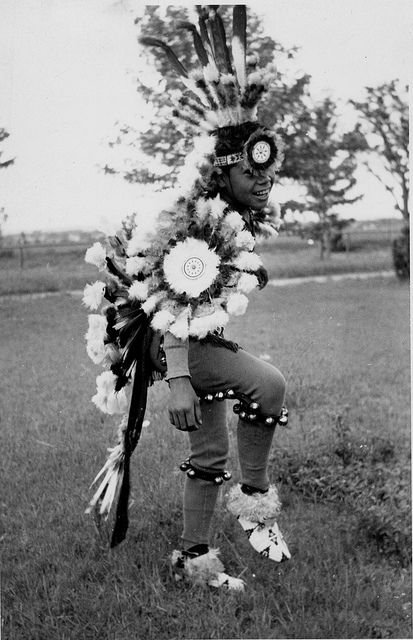Wagon Mound Ranch, Mora County
Current Population: 12,000
Language: Kiowa (loosely related to Tiwa, Tewa, Towa)
Early Societal Structure: Nomadic bands; Hierarchal class system
Location: Oklahoma
Historic Territory: Nebraska, Kansas, Oklahoma, Texas, and eastern New Mexico
Click to expand
Traditional Homelands
The Kiowa call themselves Cauijaya or Kaui-gu, meaning the "principal people." The Kiowa were once a dominant force in the Southern Plains, known as fierce warriors and effectively using their horses for hunting and fighting.
According to historic accounts the Kiowa originally resided in Montana, in the northern basin of the Missouri River. The Crow Nation first met them in the Pryor Mountains. With permission of the Crow, the Kiowa then migrated east to the Black Hills, around 1650. There they acquired the sacred Tai-me or "Sundance Medicine" from their Crow allies. At this time, they used dogs and travois for travel, as was the custom of the Northern peoples.
Then, pushed southward by the invading Cheyenne and Sioux, who were being moved out of their lands in the Great Lakes regions by the Ojibwa tribes, the Kiowa moved down the Platte River basin to the Arkansas River area. There, they fought with the Comanche, who already occupied the land. In this area they acquired horses, dramatically changing the Kiowa lifestyle into that of the Plains Indians.
Eventually the Kiowa obtained a vast territory on the central and southern great plains in western Kansas, eastern Colorado, most of Oklahoma including the panhandle, and the Llano Estacado in the Texas Panhandle and eastern New Mexico.
In the early spring of 1790, at the place that would become Las Vegas, New Mexico, a Kiowa party led by war leader Guikate made an offer of peace to a Comanche party while both were visiting the home of a friend of both tribes. This led to a later meeting between Guikate and the head chief of the Nokoni Comanches. The two groups made an alliance to share the same hunting grounds, and entered into a mutual defense pact. From that time on, the Comanche and Kiowa hunted, traveled, and made war together. An additional group, the Plains Apache (also called Kiowa-Apache), affiliated with the Kiowa at this time.
After 1840, the Kiowa, with their former enemies the Cheyenne, as well as their allies the Comanche and the Apache, fought and raided the Eastern natives then moving into the Indian Territory. The United States military intervened, and in the Treaty of Medicine Lodge of 1867, the Kiowa agreed to settle on a reservation in southwestern Oklahoma. In return, the Kiowa and their allies were to be protected from the white hunters that were invading the buffalo range. They were issued certain annuities, provided with schools, churches, farming implements, and generally taught how to live in the style of European settlers. This treaty changed the status of the Kiowa and their allies from that of independent tribes with free and unrestricted range over the plains to dependency on the government, confined to the narrow limits of a reservation and subject to constant military and civilian supervision.
Some bands of Kiowa and others rejected the end of their traditional lifestyle, remaining at large for several years. In 1871, Kiowa leaders Satanta (White Bear), Satank (Sitting Bear), and Big Tree were accused, arrested, transported, and confined at Fort Richardson, Texas, after being convicted by a "cowboy jury" in Jacksboro, Texas, for participating in the Warren Wagon Train Raid. During the transport to Fort Richardson, Texas, Satank, preferring to die fighting rather than be imprisoned, and was shot by accompanying cavalry troops in an escape attempt near Fort Sill, Indian Territory.
In 1874, war parties made up of young Cheyennes, Arapahos, Comanches, and Kiowas who refused to live on the reservations, frustrated and angered by the greatly diminished buffalo herd, attacked white hunters and settlers. Defeated by the cavalry in 1875, seventy-three of those considered most dangerous were rounded up and taken from Fort Sill, Oklahoma, to Fort Marion in Florida. There, several of these warriors developed what has become known as "Plains Indian ledger art."











